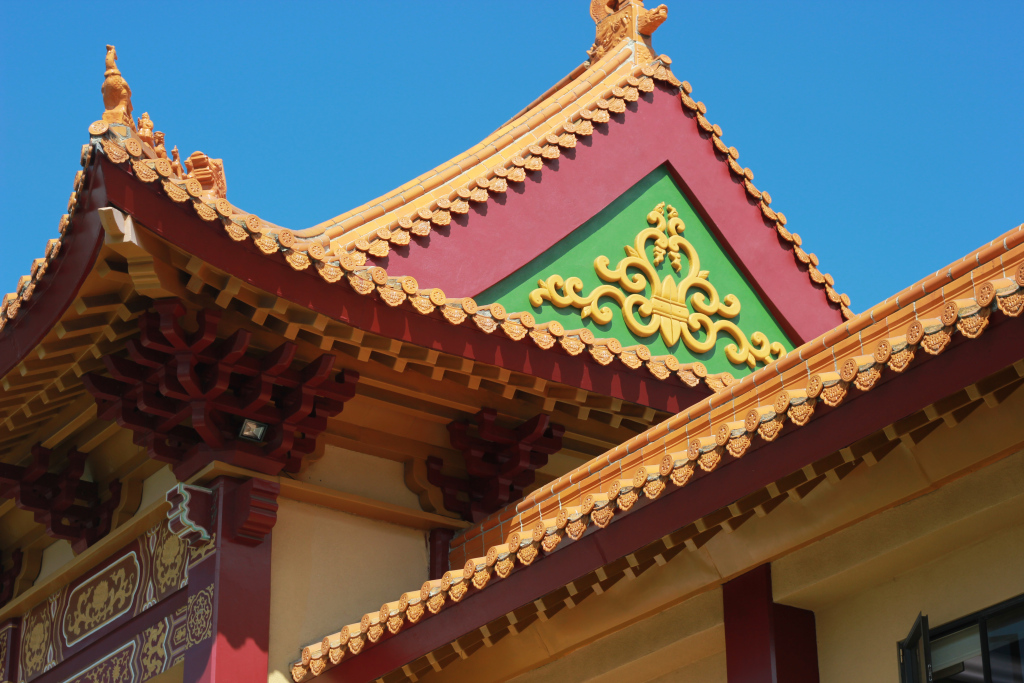The relationship between visual imagery, historical memory, and the public sphere reveals just how a place can function as the archive—a living, breathing space where conflicts, memories, and possibilities coexist. The urban space, with its bits and pieces of history, is a place that represents cultural memory and trauma and acts as an accessible and living vehicle for engaging the past and the present.
The social activity of a place is an everyday engagement with its cultural memory. Historical memory marks the cities we live in and allows for a public discourse. We are active agents in the interpretation of the past and what it all means for rebuilding and imagining the future.
From my recent experience with interviewing in California, I found this relationship between memory, history, and place to be evident in all the places that I visited and all the people that I’ve met. In late July, I met up with Lucy, a native of San Gabriel Valley, an area located east of Central Los Angeles. Today, much of San Gabriel Valley is best known for its plethora of Asian and Asian American businesses and its growing Asian population. What once used to be White-dominated suburbs in the 1960s has transformed to Asian-majority neighborhoods with well over 60% of its overall population having Asian descent.
Much of this transformation of San Gabriel Valley has benefited the Asian Americans and newcomers calling this Southern California area their home, though it has also brought in interesting conversations about place memory and public past when an area is rapidly changing to accommodate its growing Asian population. As I said before, place is a living, breathing, and thus, ever-changing space, making the idea of a collective history more and more difficult to grasp when it is telling separate and sometimes conflicting histories of its people.
I met up with Lucy at Hsi Lai Temple, a traditional Chinese Buddhist mountain monastery that is one of the largest of its kind in North America. Located in Hacienda Heights (a city in San Gabriel Valley), this temple is a significant place to Lucy, who grew up in this same city for most of her life. Growing up, she often visited this temple with her parents during the holidays and other special events. She also emphasized the huge impact this city has had on her life and how she chose to identify, stating that it had helped her understand who she is.

Although Lucy grew up in Hacienda Heights her whole life, she stated that she didn’t feel particularly connected to her hometown. She was hesitant to say that she was a part of her community.
Lucy spoke of the many times she had moved within San Gabriel Valley and the many experiences she had with the different communities she lived and attended school in. She was often confused about how to identify. She said that she “always found it difficult to distinguish Chinese from Vietnamese” and that she had a “pretty weak understanding of Vietnamese culture in general.” Mostly, Lucy said that it was the mystery surrounding her parents’ and grandparents’ former lives and ancestral homelands that leaves her wondering who she is or can be.

This temple holds social and cultural memory for Lucy that is important to her, but her ancestral homelands also hold a form of cultural memory she finds will help her better understand her roots and her identity. I wonder, why do we feel so connected to pasts that were not our own? I ask myself the same question before I visited Vietnam, the birthplace of both of my parents. I always referred to Vietnam as a place I was “going back” to even though I had never visited the country before. There is something so essential about knowing where we came from that it binds us to its mysteries, beckoning us to share its memory, its history, its places.


This struggle between discovering who we are, where we came from, and how places far and wide connect us to various memories and histories is something that I continuously ponder. I wonder how and if it would ever be possible to reach a phase in my life when I am completely sure of all of those questions. I feel that even though I ask myself that question, the answer would always be no. I suppose that is the reason for all of this: this project, these interviews, the many questions. It would be great to know, but isn’t it so much more interesting to keep searching, to keep discovering? I would say so.
